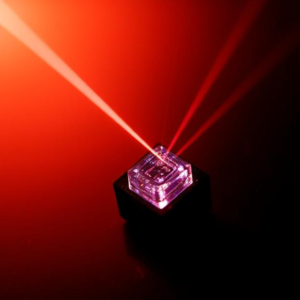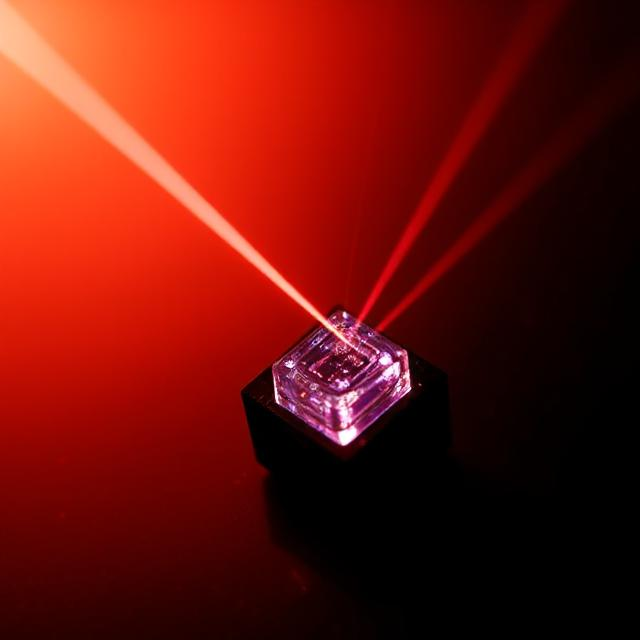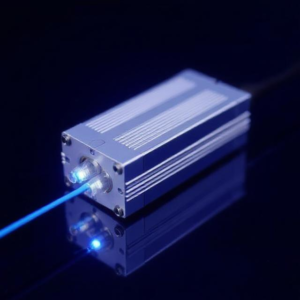Light Emitting Diodes (LEDs)
LEDs are semiconductor devices that emit light when an electric current passes through them. The light emission occurs due to electron-hole recombination in the semiconductor material, which releases energy in the form of photons. LEDs are widely used in display screens, traffic signals, lighting, and indicators.

Organic LEDs (OLEDs): These are based on organic semiconductor materials and are often used in display technologies (e.g., TVs, smartphones).
Laser Diodes (LDs)
Laser diodes are similar to LEDs but are designed to produce coherent light (laser light). They are widely used in optical communication (fiber optics), barcode scanners, and CD/DVD players. The primary difference between LEDs and laser diodes is that the latter relies on stimulated emission to generate light with a narrow wavelength range.
Photodetectors (Photodiodes)
Photodiodes are semiconductor devices that detect light. When light hits a photodiode, it generates electron-hole pairs, which leads to a current. The magnitude of this current is proportional to the intensity of the incident light. Photodiodes are used in cameras, solar cells, light sensors, and optical communication systems.
Avalanche Photodiodes (APDs): These are high-sensitivity photodiodes used in applications that require fast response and high signal amplification, such as in optical fiber communication systems.
Solar Cells (Photovoltaic Cells)
Solar cells convert light energy into electrical energy via the photovoltaic effect. When photons strike the semiconductor material, they excite electrons, which are then collected to generate an electrical current. Photovoltaic cells are the foundation of solar power technology.
Thin-film Solar Cells: These use a thin layer of semiconductor material and are flexible and lightweight, making them suitable for a variety of applications.
Optical Modulators
Optical modulators are devices that control the properties of light (such as amplitude, phase, or polarization) based on an electrical input. They are crucial in high-speed optical communication systems, enabling the encoding of data onto light waves. Types of modulators include:
Electro-optic Modulators (EOMs): These use the electro-optic effect to change the refractive index of the material and thus modulate the light.
Acousto-optic Modulators: These use sound waves to modulate light.
Optical Fiber
Optical fibers are thin strands of glass or plastic used for transmitting light signals over long distances with minimal loss. They are a key component in modern communication systems, especially for high-speed internet and telephone networks. Optical fibers can carry data through light signals, which can travel over much greater distances without degradation compared to electrical signals.
Photoresistors and Phototransistors
These are light-sensitive resistive elements used to detect changes in light intensity. Phototransistors have gain and amplify the current generated by light, while photoresistors (LDRs) change their resistance with light intensity. Both are used in light-sensitive applications such as automatic lighting systems and cameras.











